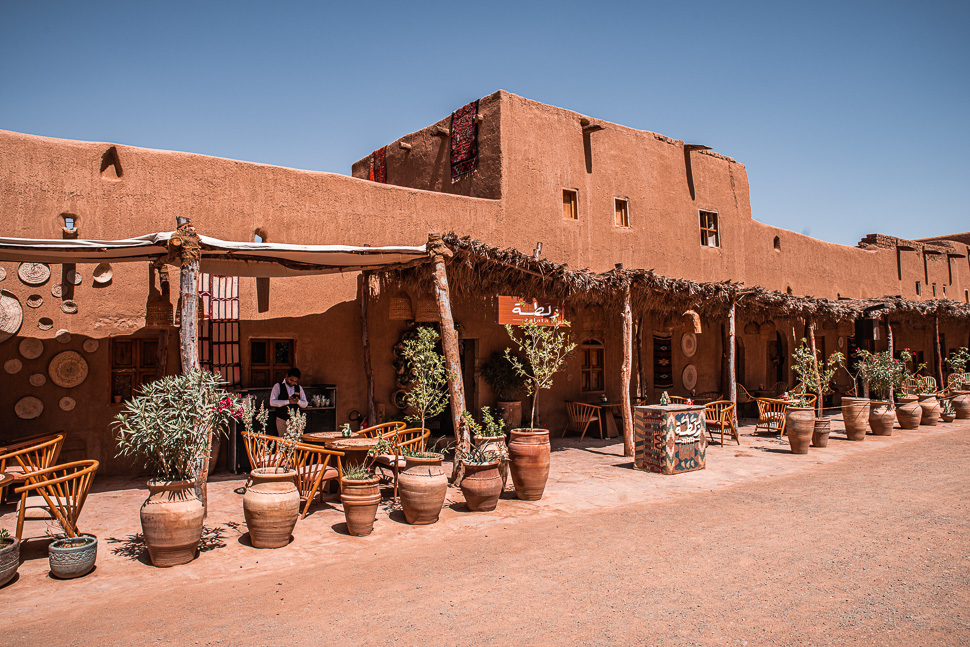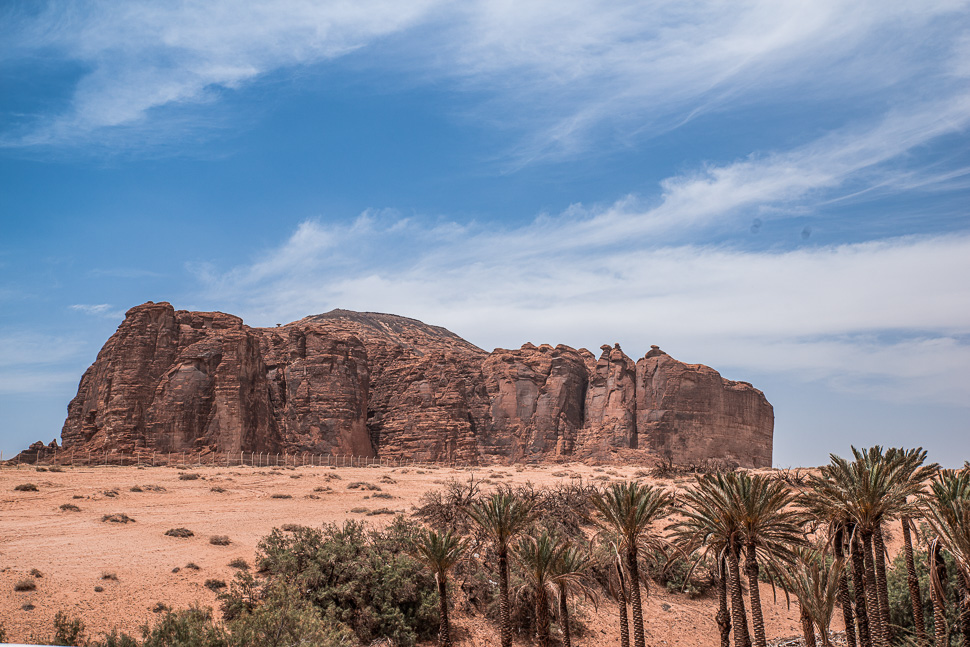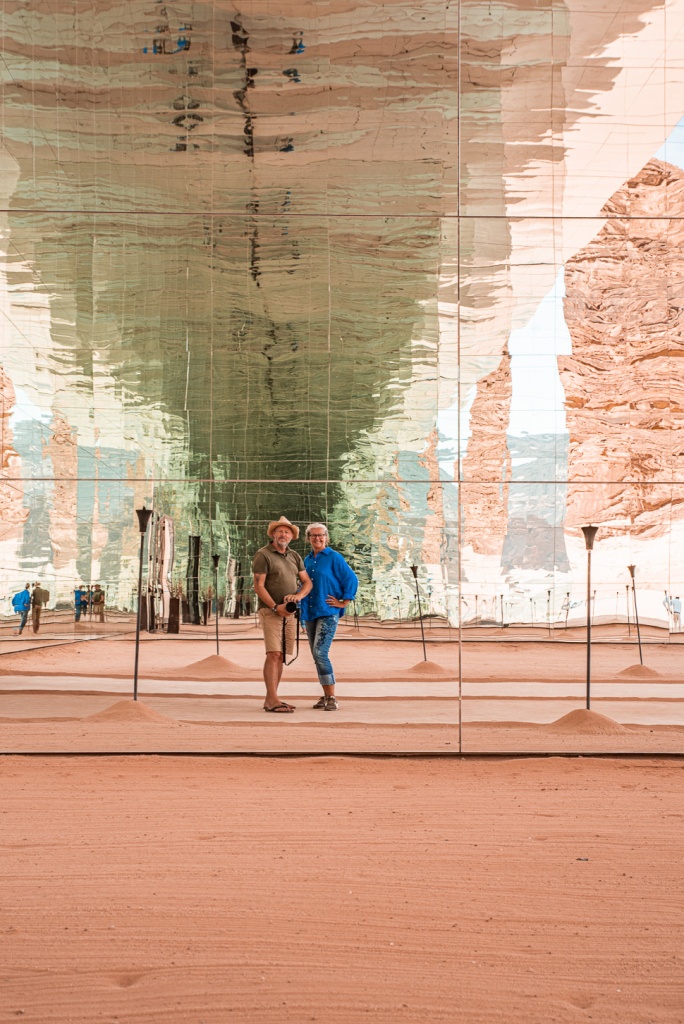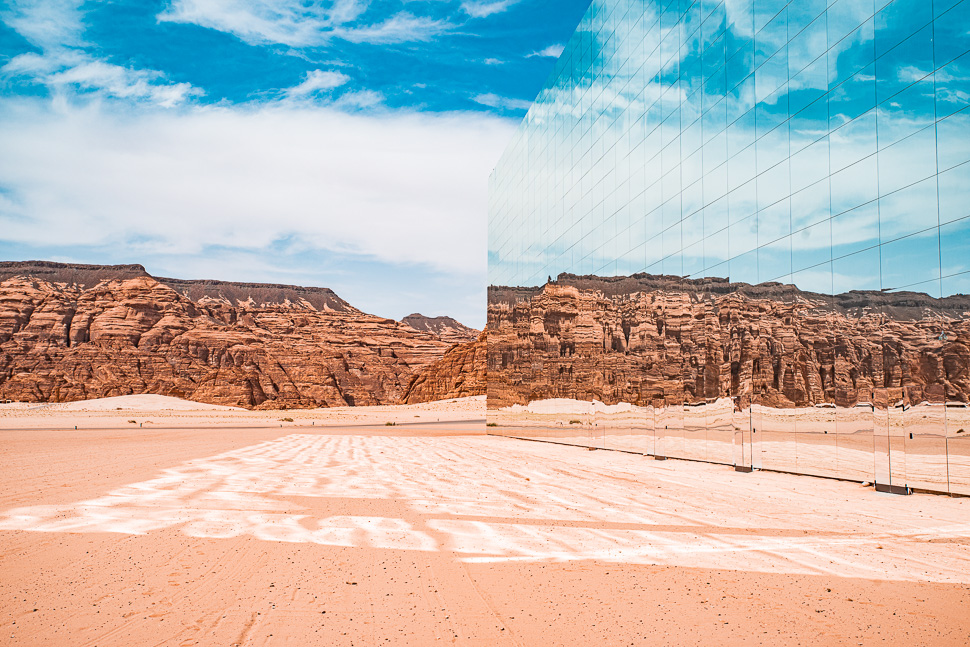



As an ancient Arabic oasis city situated in the Hejaz, a region that features prominently in the history of Islam as well as several pre-Islamic civilizations, AlUla was a market city on the historic incense route that linked India and the Persian Gulf to the Levant and Europe. Later it was an important stop on the Hejaz railway from Damaskus to Medina. Today it is the tourist hotspot of Saudi Arabia, with the famous Nabataean tombs of Hegra close by.



When we came here at night, it was much more lively, full of people strolling along the street with all the shops and restaurants open. During the day, it was more the historic city, at night it was the place to be for tourists and locals alike.

We were fascinated by the landscape around AlUla, with the red rocks and sand, interrupted only by the green of the palm groves. Underneath the surface, plenty of water is to be found, which made this area so important as a stop on the trade route and allowed a widespread oasis of palms and other crops.

We drove up to a lookout point, which allowed great views into the valley of AlUla. For us the drive up and especially down was even more breathtaking, as it was incredibly steep, probably the steepest road we had ever taken with our camper. Downhill we couldn’t use only the engine break, we had to crawl down with using the brakes as careful as possible.



Another attraction not far from AlUla is Maraya, the concert hall covered in mirrors, perfectly reflecting the surrounding landscape.


With the Maraya Concert Hall, Saudia Arabia has another Guinness World Record for the largest mirror building in the world. The current exhibition was of Saudi Arabian artists, and a young lady explained every picture in excellent English for us, which made the exhibition even more interesting.









